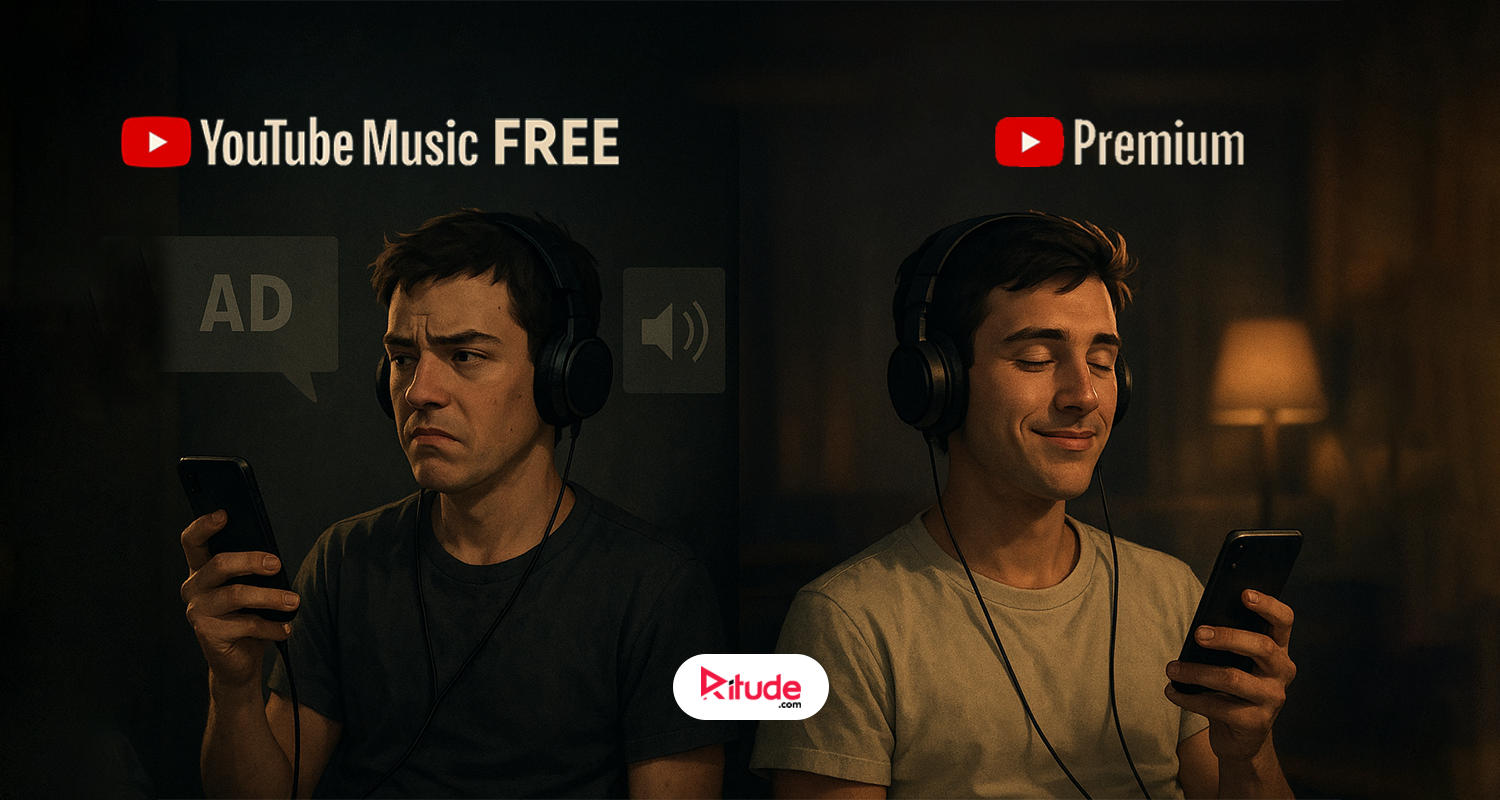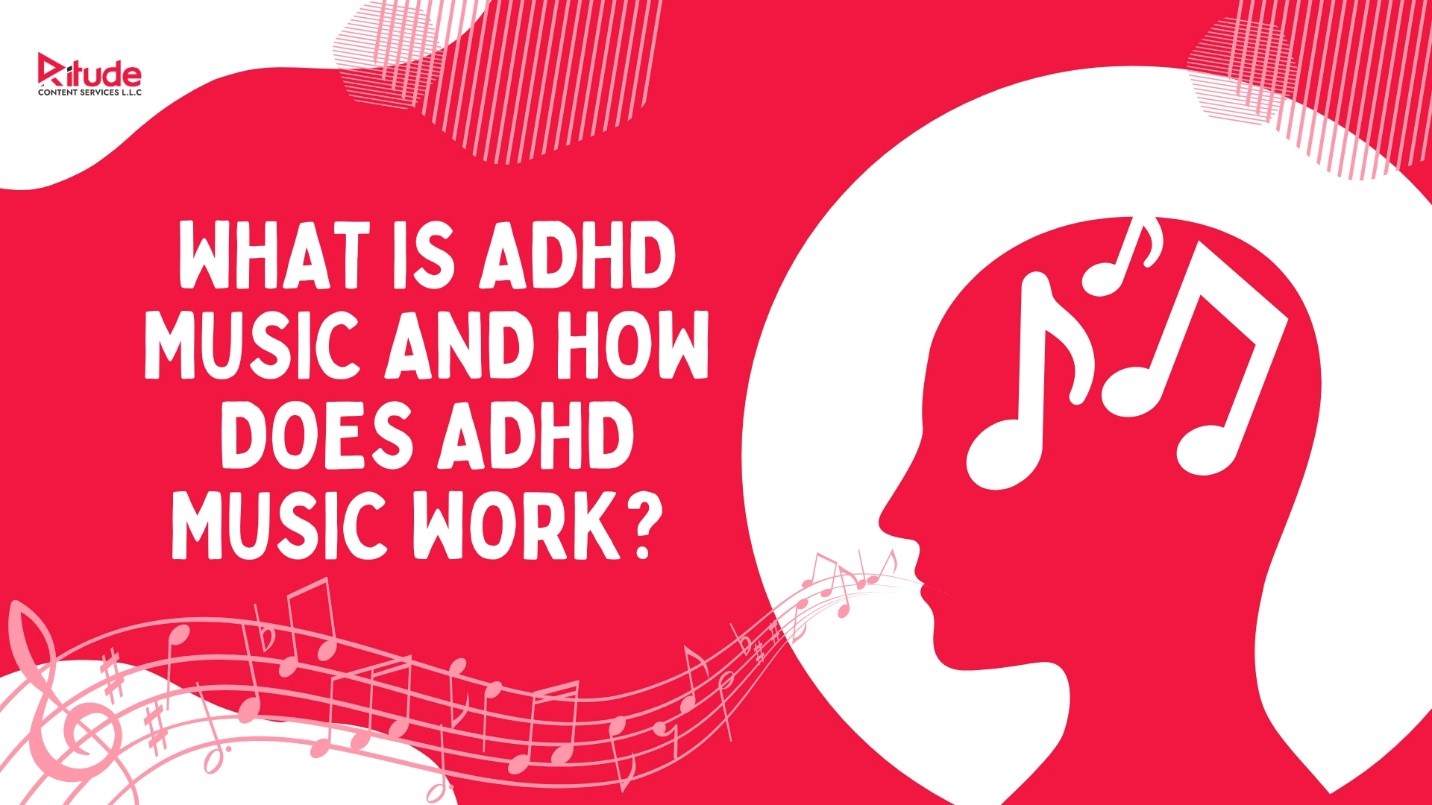In the music industry, Spotify has been a game changer for old as well as emerging artists. Spotify has altered the way people listen to music. Firstly, Spotify makes it very easy for listeners to find out and listen to new music. Its user-friendly interface allows users to find new and emerging artists. Now, you can easily make your playlist on your Spotify account which increases your listening experience. Moreover, Spotify changes the consumption of music as well. You can play as much music as you want by just paying a monthly fee on Spotify. It was not possible in the past because you had to buy a song or album separately. Due to this feature available on Spotify’s platform, the overall music consumption rate has also increased. This change from buying music to streaming it by your own choice has surprisingly changed the music industry.
Spotify not only provides a great experience to its listeners but it proves to be a great platform for old and emerging artists. It has altered the way artists are getting paid for their music. With Spotify, the royalty share of artists depends upon how often people listen to their music. According to Spotify’s New Royalty Policy updated on 20 November 2023;
As mentioned in this policy, a track must get a minimum annual streaming total of 1,000 plays to earn royalties. This Spotify for Artists policy has its benefits and drawbacks. On one hand, emerging artists can have a better chance of making money when people listen to their songs more. On the other hand, popular artists can earn more from this policy than they used to do before. Therefore, Spotify provides great chances for artists to earn from music, thus, making the music industry shine. In this blog, we will discuss how Spotify’s New Royalty Model Impacts Emerging Artists in 2024.
How to Understand Spotify’s New Royalty Model:
The music industry is talking and debating about Spotify for artists’ big change to its payment plan. This change is going to start in 2024. Adding a 1,000-play barrier for tracks to be qualified for royalty payments is the biggest change. Although this has caused some tension, some say that this policy could help artists, especially new artists, by making sure they get better pay for their work.
According to the blog on Spotify official website;
The maximum of 1,000 streams, which is equal to about $3 in Spotify earnings, make sure that artists not only get a few pennies per song like they do now, but can also get their hands on those returns. Furthermore, Spotify wants to deal with the issue of fake streaming, which accounts for up to 10% of all plays, by punishing those doing it. Additionally, different royalty rates are set for music shared by artists and useful material like white noise and background sounds. Recently, these changes have also led to talk about raising subscription fees. This helps Spotify for artists get more income through their Spotify accounts. It is especially important now, when the industry’s changes may be affecting its future and the balance between helping emerging artists and paying artists enough.
Royalties for White Noise and Sound Effects:
Spotify used to determine how streaming artists could make money. Once a song has played for at least 30 seconds, the stream gets finished. Many people have shared different types of SFX and noise recordings, such as recordings of whales, nature, or silence recordings. The artists work for months to compose or record the song. That’s why it wasn’t fair to them. We can say that it is a good step for both old as well as emerging artists.
Users will Listen for at Least Two Minutes to Get Taped Pay After 2024.
It is said by Spotify that this change will only affect “white noise” recordings, which are also known as useful noise recordings. This policy will also get rid of noise streams almost totally. It won’t change the songs or sounds. More of the Spotify earnings will stay with the company. Spotify will have to pay white noise artists less in fees.
Fans of artists would happy to hear this because they get paid by fees sent to new and experienced musicians. The money that used to go to sound records is going to go back into the pool of royalties. We hope that the new music income pool will be bigger. Moreover, real artists who work hard will get paid more.
Benefits of Spotify’s New Royalty Policy:
a. Focused Revenue:
The new plan can help artists who get steady streams make more stable and regular money. This change is in line with Spotify’s attempts to make sure that royalties go to artists who keep their fans interested over a long period of time.
According to Kristin Graziani, President of the Music Distribution Platform Stem
b. Encourages Quality Over Quantity:
The 1,000-play threshold tells artists that they should focus on making their songs and marketing tactics better. Their main focus should be quality rather than quantity. Instead of depending on a lot of tracks that don’t get played very often, artists may focus on making content. They should make the quality of the song interesting and make people want to press the play button over and over again.
c. Opportunities for Long-Lasting jobs:
The plan could help emerging artists’ jobs last longer. Spotify’s platform wants to help artists who want to build a long-term presence in the music industry. They do this by stressing the need for a minimum yearly playing total.
Drawbacks of Spotify’s New Royalty Policy:
a. Effects on emerging artists:
This new policy of Spotify model helps artists who consistently do well, but it’s hard for new and emerging artists to hit the 1,000-play mark. This could create some problems for emerging artists to share music and make it harder for them to make money from their early albums.
b. Risk of Homogeneous Content:
Some people worry that artists will follow current trends or lower the quality of their work to meet the streaming standard. This could mean that material made to meet streaming requirements takes precedence over different voices and styles.
c. Pressure on Marketing Strategies:
To get their songs to play more than 1,000 times, artists are now under more pressure to use strong marketing strategies. This could change the focus from making art to promoting it, which could slow down the natural growth of emerging artists.
In conclusion:
With Spotify’s new payment plan, emerging artists will have to change the way they work with streaming services. It gives stable performers a way to predict their income. On the other hand, it also makes people worry about inclusion and the possibility that material will become too similar. As the music business gets use to this new standard, emerging artists need to find a mix between making real, interesting music and using smart marketing techniques to do well in this changing music industry.




